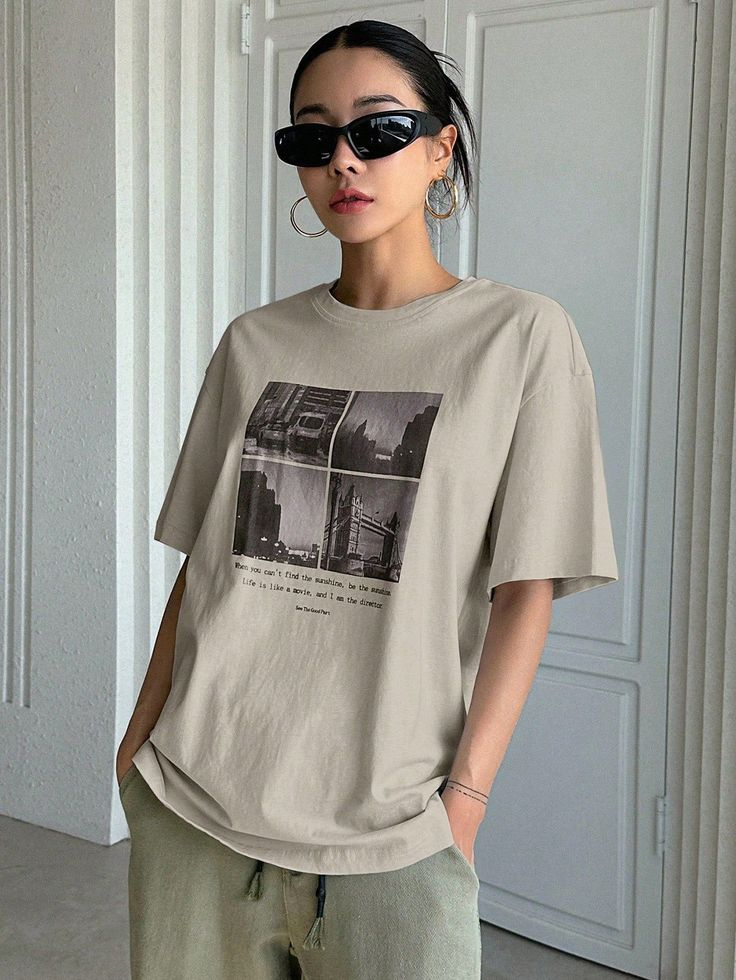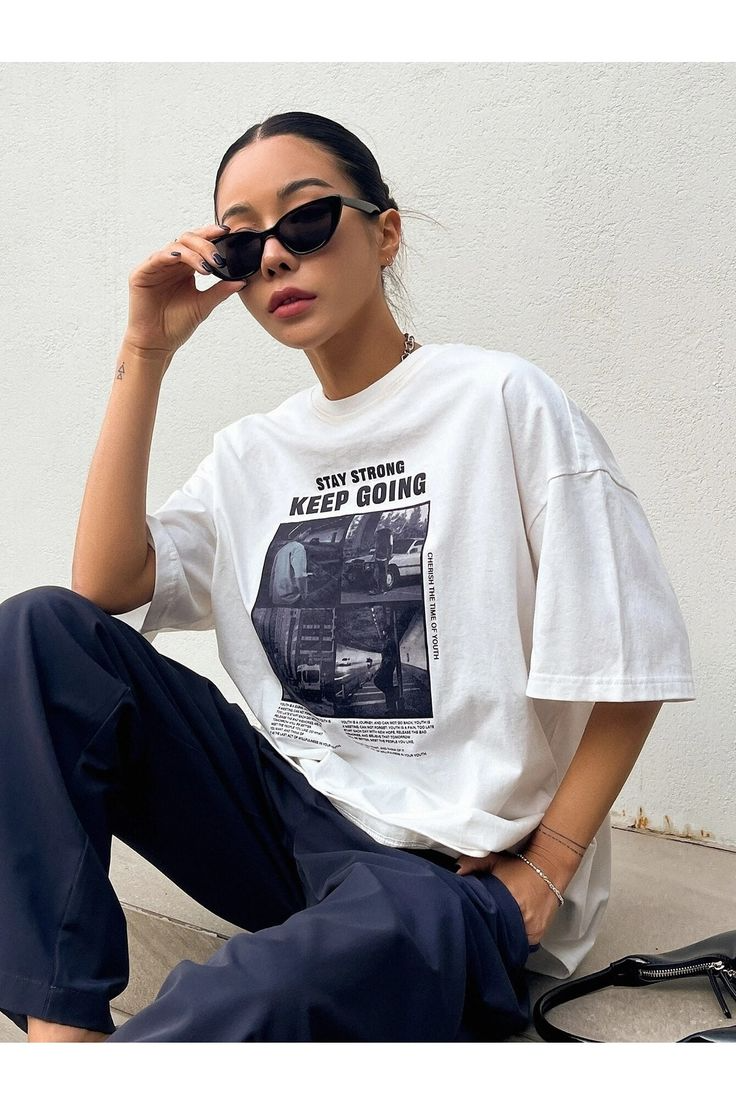
T-shirts: The Ultimate Symbol of Comfort, Versatility, and Self-Expression
- No Comments
The T-shirt, in its simplest form, is an iconic garment that has shaped modern fashion and is one of the most widely worn pieces of clothing in the world. Over the years, the T-shirt has evolved from being a utilitarian undergarment to a symbol of individuality and style, resonating with millions of people regardless of age, gender, or culture. This article delves deeper into the history, versatility, significance, and impact of T-shirts, highlighting why this humble piece of clothing has become such a timeless staple in wardrobes worldwide.
The Evolution of the T-shirt: From Functional Undergarment to Fashion Statement
The T-shirt’s history is a fascinating journey that began with its functional roots as an undergarment. The origins of the T-shirt can be traced back to the late 19th century when it was first designed as an undergarment for U.S. Navy sailors. The design was simple—short sleeves and a round neckline—made from lightweight, breathable cotton fabric. These early versions of the T-shirt were practical and served a functional purpose of keeping sailors cool in hot weather.
However, it wasn’t until the early 20th century that the T-shirt began to gain more widespread popularity. In the 1920s, the garment was adopted as outerwear by men, especially in the United States. T-shirts began to be worn not only for their comfort but also for their ability to be easily printed on. The rise of screen printing in the 1950s further popularized T-shirts, as they became a canvas for various designs, including logos, slogans, and images.
Hollywood played a significant role in cementing the T-shirt’s place in pop culture. Stars like Marlon Brando and James Dean, in films such as A Streetcar Named Desire and Rebel Without a Cause, wore T-shirts as symbols of rebellion, youth, and defiance. This representation in movies made the T-shirt an emblem of coolness and individuality, pushing it further into the mainstream. By the 1960s and 1970s, T-shirts had become a canvas for countercultural movements, with political messages, band logos, and social activism slogans printed across the chest. This marked the beginning of the T-shirt’s role as an essential item for self-expression.
Versatility and Comfort: The All-Purpose Wardrobe Staple
The beauty of the T-shirt lies in its incredible versatility. It is the perfect balance between comfort and style, making it a go-to piece for all occasions, from casual hangouts to semi-formal events. T-shirts come in an array of colors, cuts, and fabrics, providing endless options for personal expression and styling. From basic solid-colored T-shirts to graphic tees, oversized designs, cropped fits, and even high-end fashion statements, the T-shirt offers something for everyone, regardless of age or body type.
What makes the T-shirt so universally adored is its comfort. The soft cotton fabric allows the skin to breathe, making T-shirts ideal for warmer weather, while their lightweight nature makes them a convenient choice for layering during colder months. T-shirts have become synonymous with relaxation and ease, often associated with leisurely days spent at home or casual outings.
Moreover, T-shirts can be paired with virtually anything, making them suitable for a wide range of outfits. A classic white T-shirt pairs effortlessly with denim jeans, shorts, skirts, or even tucked into a suit for a modern twist on professional attire. In the summer, the T-shirt is the epitome of comfort, while in the winter, it can be layered with jackets, sweaters, and hoodies, offering both style and warmth. Over time, the T-shirt has proven to be adaptable enough to transition from laid-back beachwear to an important part of streetwear, luxury fashion, and even business-casual attire.
T-shirts as a Canvas for Self-Expression: A Cultural Phenomenon
T-shirts are more than just clothing items—they are powerful vehicles for self-expression. With the advent of print technology, including screen printing and digital printing, the T-shirt has transformed into a medium for individuals to display their beliefs, interests, and passions. The rise of graphic T-shirts has enabled wearers to proudly showcase their favorite band logos, political views, cultural affiliations, and personal mottos, making the T-shirt a walking billboard for identity and creativity.
Throughout history, the T-shirt has been associated with various social movements. In the 1960s and 1970s, during the civil rights movement, T-shirts became a symbol of protest and activism. They bore messages of equality, justice, and civil rights, providing a visual statement for those fighting for change. Similarly, T-shirts have been used to support environmental causes, gender equality, LGBTQ+ rights, and other political and social movements, making them a way for people to align themselves with causes they believe in. Today, T-shirt designs continue to push the boundaries of creativity and social awareness, with many designers using the garment to comment on current events and challenge societal norms.
T-shirts in Popular Culture: A Medium for Mass Communication
T-shirts have also played a significant role in popular culture, acting as a form of mass communication. With the rise of graphic design and celebrity culture, wearing a T-shirt with a brand name, logo, or slogan has become an essential part of the global fashion lexicon. Popular band T-shirts, for instance, have long been associated with fans who wear them as a mark of allegiance. The T-shirt’s association with musicians and pop stars has made it a mainstay in concert merchandise, with millions of fans purchasing T-shirts as mementos of their favorite artists and bands.
In addition to music, the T-shirt has become a means of showcasing fandoms for television shows, movies, and video games. Whether it’s a Star Wars T-shirt or one adorned with the latest Marvel superhero, fans of all ages proudly display their love for popular franchises. These shirts often transcend mere fashion and become part of a cultural identity, linking people who share the same interests and passions.
The Environmental Impact of T-shirt Production: Sustainability Challenges
Despite the T-shirt’s universal appeal, its environmental impact has raised growing concerns. The fashion industry is known for contributing to significant environmental damage, and T-shirt production is no exception. The high demand for cotton, a key material in most T-shirt manufacturing, has led to water scarcity issues, pesticide use, and the depletion of soil quality. The chemical dyes used in T-shirt production also contribute to water pollution, impacting local ecosystems and communities.
Moreover, the rise of fast fashion has exacerbated these environmental issues. Fast fashion brands often produce cheap, mass-produced T-shirts that are worn for a season and then discarded, creating a cycle of overconsumption and waste. With millions of T-shirts thrown away each year, landfills have become overloaded with textiles that take decades to decompose.
However, in recent years, there has been a growing movement towards sustainable and eco-friendly fashion. Conscious consumers are increasingly opting for organic cotton T-shirts, those made from recycled materials, or garments produced using eco-friendly dyes and manufacturing processes. Ethical fashion brands are prioritizing environmental responsibility by focusing on sustainable practices, such as using low-impact dyes, reducing water usage, and ensuring fair labor practices. This shift towards sustainability has led to the rise of a new generation of fashion-conscious shoppers who are more mindful of the ecological footprint of their clothing choices.
Conclusion: The Timeless Appeal of the T-shirt
The T-shirt is undoubtedly one of the most enduring and iconic pieces of clothing in the world. Its journey from a simple utilitarian garment to a fashion statement and cultural symbol is a testament to its versatility and lasting appeal. The T-shirt is not just a basic piece of clothing—it is an expression of comfort, style, individuality, and activism. Whether it’s a plain white tee for everyday wear or a bold graphic design that makes a statement, the T-shirt continues to shape the way we dress, communicate, and express ourselves.
As fashion trends continue to evolve and sustainability becomes an ever-important concern, the T-shirt remains a reliable and essential item in every wardrobe. It is a garment that transcends generations, offering a sense of connection, identity, and belonging to those who wear it. Whether worn casually or as part of a high-fashion ensemble, the T-shirt will remain a symbol of comfort, expression, and the power of clothing to make a statement.
Previous Post



The Ubiquity and Versatility of T-Shirts

The Evolution and Cultural Impact of the T-Shirt

T-Shirt: Effortless Style Starts Here

